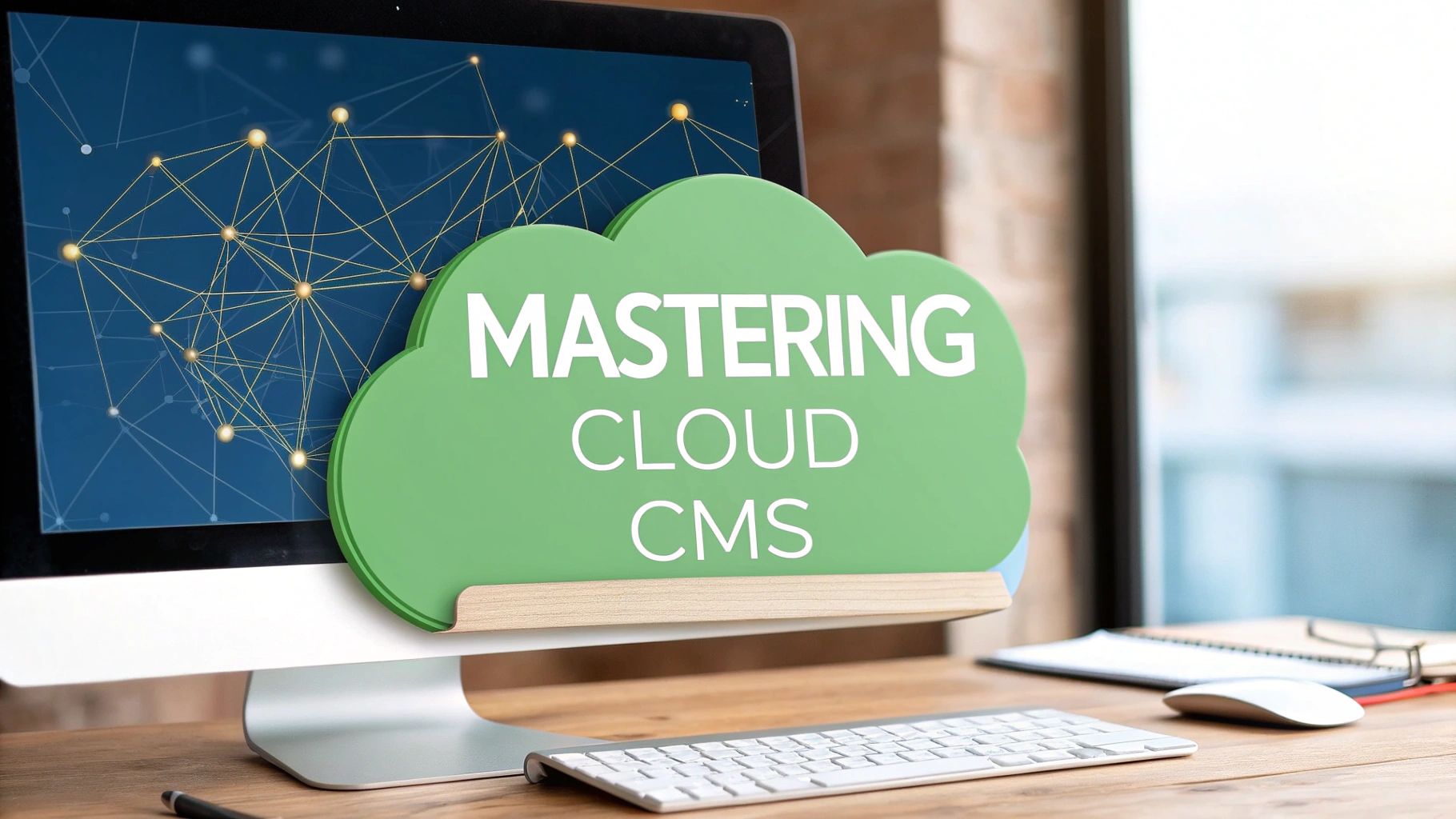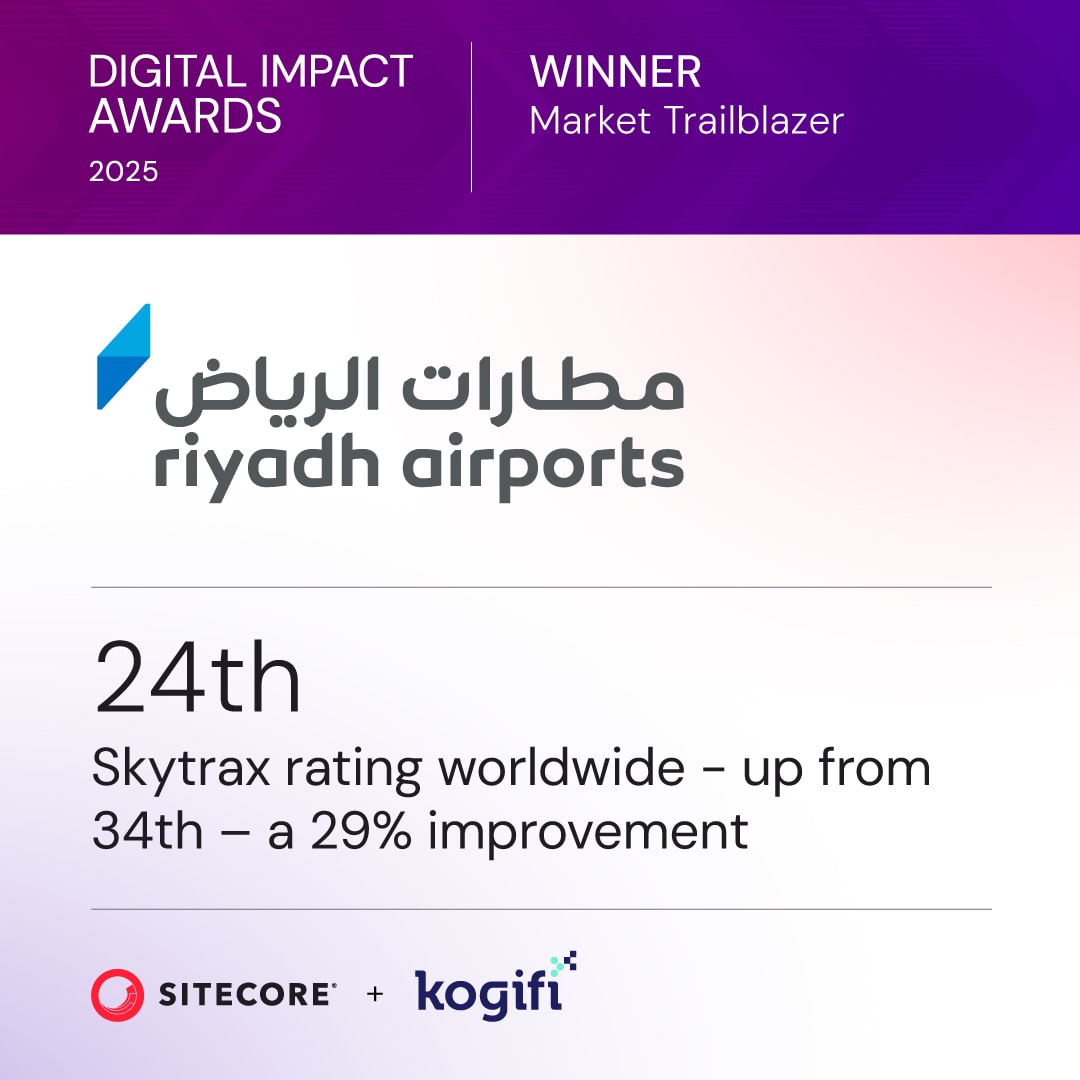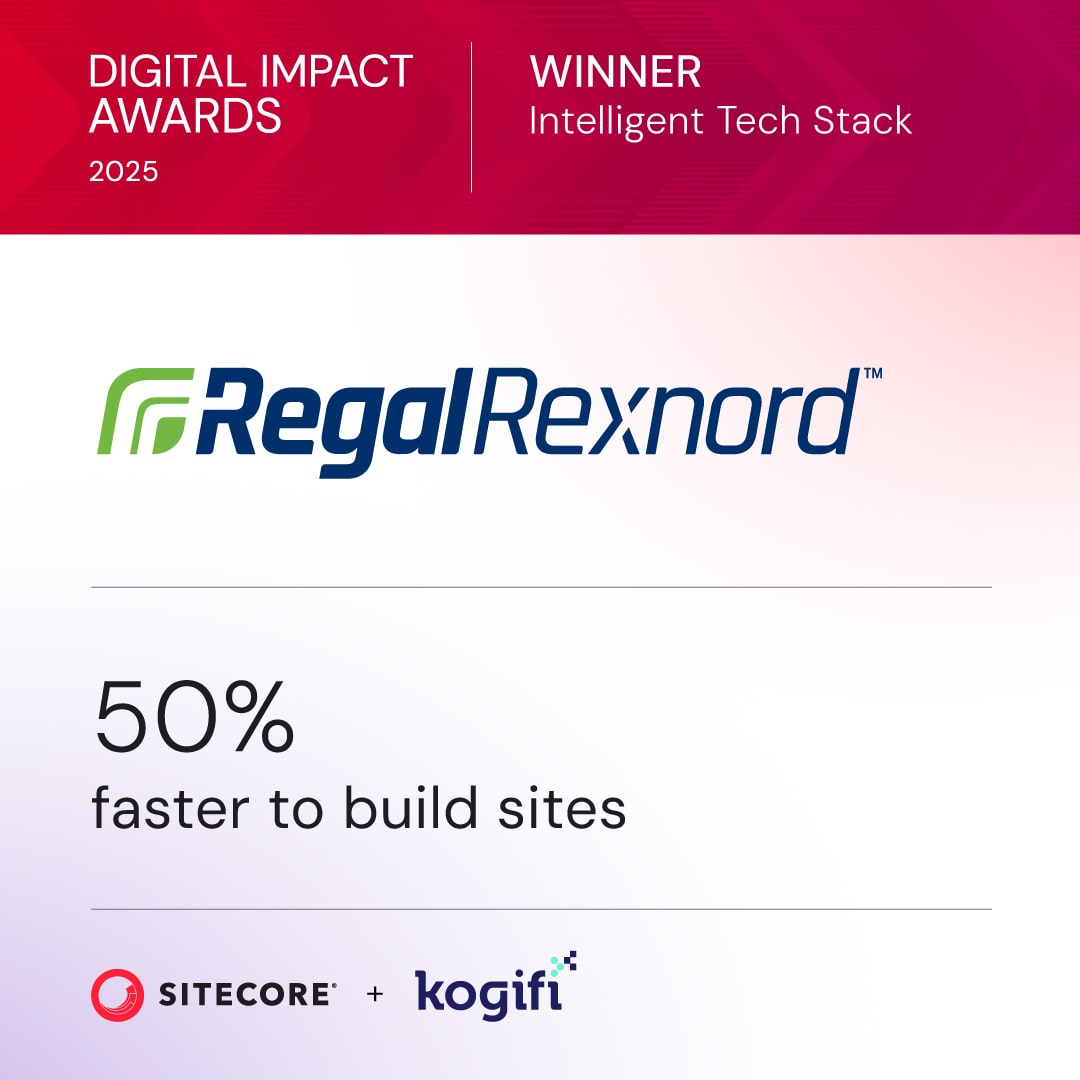When it comes to safeguarding critical infrastructure, selecting the right risk assessment framework is crucial. These frameworks help identify vulnerabilities, prioritize risks, and create strategies to protect systems like energy grids, transportation, and utilities. Here's what you need to know:
- Understand Your Needs: Assess your organization's risk profile, regulatory requirements, and goals. Consider industry-specific challenges and your capacity to implement changes.
- Evaluate Frameworks: Popular options include NIST CSF (flexible, maturity-based), ISO/IEC 27001 (certification-focused), and CIS Controls (practical, step-by-step). Each has unique strengths for different industries.
- Plan for Resources: Ensure the framework aligns with your organization's size, budget, and technical capabilities. Integration with existing systems is key.
- Continuous Monitoring: Regular updates and reviews keep the framework effective as threats and operations evolve.
Quick Comparison of Frameworks
| Framework | Approach | Best For | Key Features |
|---|---|---|---|
| NIST CSF | Voluntary, incremental | Government, energy, healthcare | Maturity-based, recovery focus |
| ISO 27001 | Certification required | Finance, technology, healthcare | Global credibility, structured |
| CIS Controls | Sequential, prioritized | Small to mid-sized organizations | Simplified, technical focus |
Selecting a framework tailored to your needs ensures better protection and resilience for your infrastructure. Dive deeper into the article for a step-by-step guide and detailed comparisons.
Choosing and Using a Risk Management Framework
Key Factors for Selecting a Risk Assessment Framework
Picking the right risk assessment framework can make all the difference in how effectively your organization identifies and manages risks. A well-suited framework not only saves time and resources but also lays the groundwork for a solid risk management strategy. Here’s a closer look at the key considerations.
Scope and Fit
The framework you choose should align seamlessly with your industry’s requirements, regulatory demands, and your organization’s goals. It must address the specific challenges your business faces. Start by assessing existing risks - those that could affect your objectives, projects, or daily operations. Use expert insights and data to build a comprehensive view of your risk environment.
Additionally, the framework should be suitable for your organization’s maturity level and the types of risks you encounter. Industries vary widely in their compliance needs, so understanding your regulatory landscape is essential. Another critical factor is how well the framework can adapt to changes in your risk profile over time.
Flexibility and Customization Options
A flexible framework is key to managing risks effectively. A risk-based approach allows you to evaluate and prioritize risks based on their likelihood and impact, offering a more responsive strategy compared to rigid, one-size-fits-all methods. As an expert aptly put it:
"The risk management framework should be tailored according to the organization's risk profiles, and it should be regularly reviewed and updated based on the most recent changes in the organization or the risk management processes."
Look for frameworks that can be tailored to your organization’s unique risk profiles. They should integrate smoothly with your current risk management strategies and operations while supporting scalability as your business grows. This adaptability ensures the framework remains relevant as your organization evolves.
Integration and Resource Needs
Successfully implementing a risk assessment framework requires careful planning around resources and integration. Managing risks effectively often involves coordinated and cost-efficient strategies, particularly for critical infrastructure. Early integration of security measures into design processes can significantly lower costs and enhance risk mitigation.
It’s also important to evaluate both current and future resource needs. Prioritize activities based on the criticality of infrastructure, associated costs, and the potential for reducing risks. Jeremy Wanamaker, CEO of Complete Network, highlights the importance of resource planning:
"It is a critical component that supports the decision-making process, enhances organizational resilience, and safeguards assets against potential threats."
Additionally, frameworks should support centralized data management through risk intelligence software. This streamlines data collection, analysis, and sharing, which becomes increasingly important as your risk management program matures. Lastly, the framework should encourage collaboration across departments, ensuring comprehensive risk identification and fostering teamwork. Taking these steps will help solidify a long-term strategy for protecting critical assets and managing risks effectively.
Overview of Common Risk Assessment Frameworks
Understanding risk assessment frameworks is crucial for selecting one that aligns with your organization's infrastructure and goals. Each framework offers distinct methods for managing risk, helping you find the best approach for your needs. Below, we’ll break down some of the most widely used frameworks and what makes them stand out.
NIST Cybersecurity Framework (NIST CSF)

The NIST Cybersecurity Framework (NIST CSF) is a voluntary guide designed to help organizations identify and address cybersecurity vulnerabilities. It’s built around five core functions: Identify, Protect, Detect, Respond, and Recover. One of its standout features is its maturity-based approach, which helps organizations measure and improve the effectiveness of their controls over time.
The framework’s four tiers allow for gradual and scalable adoption, making it suitable for organizations at different stages of cybersecurity readiness. Its widespread use across critical sectors highlights its practicality. In fact, adopting NIST CSF has been linked to improved project delivery timelines - by up to 30%. For industries dealing with critical infrastructure, the framework’s focus on recovery and response measures is particularly beneficial.
ISO/IEC 27001 and ISO 31000

ISO/IEC 27001 is an internationally recognized standard for information security management, offering a structured method to protect sensitive data. Unlike the maturity-based NIST CSF, ISO 27001 uses a pass-or-fail certification model, requiring organizations to meet strict criteria. Achieving certification involves significant preparation but provides global credibility, which is particularly valuable for organizations with international operations or stringent compliance needs.
ISO 31000 complements ISO 27001 by expanding the focus to broader risk management, beyond just cybersecurity. Together, these standards create a strong governance framework, with detailed documentation often required by regulators. This makes them especially relevant for sectors like finance, healthcare, and technology.
COBIT and CIS Controls

The CIS Controls are a practical, technically driven framework designed to enhance cybersecurity. They consist of prioritized best practices, focusing on areas like vulnerability management and access controls. Unlike the customizable NIST CSF, the CIS Controls follow a sequential implementation approach.
"The CIS Controls are simplified and prioritized, making them both an ideal starting point on the road to more complex cybersecurity certifications, and an effective approach to making high-impact improvements with limited resources."
The simplicity of the CIS Controls makes them particularly appealing for smaller organizations or those looking for quick, impactful changes. They’ve proven to be versatile across various industries.
On the other hand, COBIT (Control Objectives for Information and Related Technologies) emphasizes IT governance, bridging the gap between technical issues, business risks, and control requirements. It’s a great tool for aligning IT strategies with overall business objectives.
| Framework | Implementation Approach | Best Use Cases | Key Strengths |
|---|---|---|---|
| NIST CSF | Voluntary, flexible, incremental | Government contractors, healthcare, energy | Maturity-based assessment, broad focus |
| ISO/IEC 27001 | Formal certification required | Finance, technology, healthcare | Global recognition, structured approach |
| CIS Controls | Prioritized, sequential | Quick, practical improvements | Technical focus, simplified implementation |
Organizations that adhere to these frameworks often see tangible benefits. For example, research shows that following best practices can reduce security incidents by up to 50%. With cybersecurity spending expected to reach $90 billion in 2024 and 88% of board directors acknowledging cybersecurity as a critical business risk, selecting the right framework is essential. Choose one that matches your risk profile and operational needs, keeping in mind the strategic priorities discussed earlier.
sbb-itb-91124b2
Step-by-Step Guide to Choosing the Right Framework
Choosing the right risk assessment framework requires a methodical approach. By reviewing your organization's risk profile, identifying gaps, and planning your implementation strategy, you can align the framework to meet your specific needs and constraints. Here's a breakdown of the process into three essential phases.
Review Your Organization's Needs and Risk Profile
The first step in selecting a framework is understanding your organization's unique risk landscape. Start by analyzing your operations, regulatory requirements, and stakeholder expectations. A SWOT analysis (Strengths, Weaknesses, Opportunities, and Threats) can help identify vulnerabilities and highlight existing strengths that might support framework adoption. For instance, if your organization already has strong IT governance practices, a framework like COBIT might integrate more smoothly.
Engaging stakeholders is key. Use interviews and surveys to align your risk management efforts with broader organizational goals. A 2023 Deloitte study revealed that inclusive risk assessments improve threat identification accuracy by 40%.
Resource constraints also play a significant role. With 76% of organizations reporting a shortage of personnel dedicated to risk functions, it's critical to evaluate your available workforce and budget when considering framework complexity and implementation needs.
Developing a risk appetite statement is another important step. This statement ties specific risks to your business objectives and provides clarity on what level of risk is acceptable. According to Deloitte, organizations linking risk metrics to strategic goals reported better outcomes 79% of the time.
The importance of this step can't be overstated. In 2025 alone, data breach penalties surpassed $9 billion, while supply chain disruptions cost over $3 trillion. These staggering numbers highlight why a thorough understanding of your risks is essential before committing to a framework.
Once you've mapped out your risk profile, it's time to evaluate how different frameworks address your needs through a gap analysis.
Compare Frameworks and Run a Gap Analysis
With a clear understanding of your risk profile, the next step is to compare frameworks and assess how well they align with your organization's needs. Established resources like those from FEMA, NIST, and ISO can provide valuable guidance.
When comparing frameworks, consider their scope, approach, and resource requirements. For example, the NIST Cybersecurity Framework supports gradual improvement with a maturity-based model, while ISO 27001 offers a certification process that meets formal compliance needs. Meanwhile, CIS Controls provides practical steps for organizations focused on cybersecurity. Each framework has its strengths, so the choice depends on your specific context.
Classify risks by their likelihood and impact to determine which framework best addresses your most pressing concerns. For example, with over 40% of financial institutions reporting increased losses from cybersecurity threats in early 2025, a framework with a strong focus on cybersecurity - like NIST CSF or CIS Controls - might be the best fit.
Conduct a gap analysis to identify where your current processes fall short of the requirements of your chosen framework. Map your existing controls and procedures against the framework's criteria. Collaboration with key stakeholders ensures that no gaps are overlooked.
Also, weigh implementation timelines and costs. Some frameworks may require significant upfront investments but deliver quicker results, while others spread costs over time. Interestingly, organizations that adopted proactive risk management strategies reported a 40% reduction in compliance costs.
Once you've completed the gap analysis, you can move on to planning your implementation strategy and setting up mechanisms for ongoing reviews.
Plan Implementation and Set Up Regular Reviews
Now that you've chosen a framework, it's time to plan its implementation. Start by defining clear objectives and securing executive support. Conduct a thorough risk assessment that addresses financial, operational, strategic, and compliance-related risks. As Jeremy Wanamaker, CEO of Complete Network, puts it:
"It is a critical component that supports the decision-making process, enhances organizational resilience, and safeguards assets against potential threats."
Prioritize risks based on their severity and potential impact on your operations, focusing first on high-impact threats.
Establish a continuous monitoring process to stay ahead of changes in the risk landscape. This includes tracking performance indicators tied to your business goals and adapting to emerging trends or operational shifts.
Collaboration across departments is also vital. By encouraging teamwork, you can gather diverse insights and create a more comprehensive risk management strategy. Regular training sessions can help improve risk awareness across your organization. According to the 2023 World Economic Forum Global Risks Report, 75% of businesses experienced disruptions due to unforeseen events.
Finally, conduct regular audits to measure the framework's effectiveness and identify areas for improvement. Make continuous improvement a priority by regularly reviewing and updating your risk management processes as your organization evolves. This ongoing effort ensures that your framework remains relevant and effective over time.
Integration with Digital Experience Platforms and Enterprise Systems
Risk assessment frameworks achieve their full potential when seamlessly integrated with digital experience platforms and enterprise systems. This alignment creates a unified approach to security and governance, strengthening your overall risk management strategy. By connecting platforms like Sitecore, Adobe Experience Manager, and SharePoint to your risk framework, organizations can automate compliance monitoring, streamline security protocols, and maintain consistent governance across all digital touchpoints.
Modern digital platforms are designed to enhance integration capabilities, making it easier to align risk management goals with platform functionalities. For instance, Adobe Experience Manager 6.5’s SharePoint Connector, updated in August 2024, improved content governance by managing access and permissions based on SharePoint’s security settings. This connector allows reading content and metadata from SharePoint while applying native SharePoint authentication and authorization protocols.
Enterprise Risk Management (ERM) technology takes this a step further by using advanced analytics and real-time monitoring to detect threats and enable timely interventions. When integrated with platforms that handle sensitive customer data and critical operations, this proactive approach becomes a key defense mechanism.
An integrated risk management platform also provides real-time insights and automates continuous monitoring, ensuring data consistency and timely updates across systems. This empowers decision-makers with the information they need to make well-informed strategic choices.
Working with Specialized Partners
Implementing risk assessment frameworks across complex digital ecosystems isn’t a simple task - it requires specialized expertise. Partnering with experts who understand both risk management and the technical nuances of enterprise platforms can make a significant difference. For example, Kogifi, with its focus on digital experience platforms and enterprise CMS solutions, is well-equipped to help organizations integrate risk frameworks into their existing infrastructure. This ensures the framework is tailored to meet operational needs effectively.
The benefits of working with specialized partners go beyond technical implementation. These experts bring insights from diverse client engagements, helping to identify potential integration challenges early on - before they escalate into costly issues. ERM initiatives often involve a dedicated team and require input from all levels of the organization to ensure every stakeholder understands their role in maintaining security and compliance.
Risk management software adds another layer of efficiency by streamlining workflows, tracking compliance statuses, and generating audit reports. An integrated platform can merge various functions - compliance, cybersecurity, incident management, internal audits, and third-party risk - into a single, cohesive solution. This not only simplifies risk assessments but also fosters collaboration across teams.
Setting Up Continuous Monitoring and Updates
Once integration is complete, continuous monitoring becomes essential for long-term success. This ongoing process involves identifying, assessing, managing, and mitigating risks to ensure they stay within acceptable limits.
A systematic approach to monitoring evolves alongside business needs and technological advancements. ERM tools can help organizations develop early warning indicators to detect potential risks while key metrics track changes in vulnerabilities.
Digital platforms like Adobe Experience Manager can further enhance this process by synchronizing assets with SharePoint. This ensures data integrity and access controls are maintained across systems, reducing the risk of security gaps and compliance violations. When updates occur in one platform, they are automatically reflected in connected systems, minimizing manual intervention and potential errors.
As business needs and risk profiles shift, regular reviews and updates of monitoring practices are vital. Automating these processes across digital platforms allows organizations to focus their human resources on strategic risk management tasks rather than manual data collection and analysis.
Integrating risk assessment frameworks with digital platforms establishes a robust foundation for proactive risk management. These scalable and configurable solutions ensure your approach can adapt to new technologies, evolving business needs, and emerging threats.
Conclusion and Key Takeaways
Wrapping up our discussion on risk factors and framework comparisons, here are some essential points to keep in mind. The choice of a risk management framework should align with the specific challenges your organization faces. It's not a one-size-fits-all solution - frameworks need to be tailored to your organization's size and industry.
A well-constructed risk management framework ensures that your business objectives remain the focal point, with risk responses directly supporting your strategic goals. To highlight the importance of this, consider findings from Ponemon's study on third-party risk management in healthcare: nearly 60% of organizations reported experiencing at least one third-party breach in the last two years, yet only about 40% found the information from their risk assessments to be truly valuable.
Scalability is another critical factor for long-term security. As your organization grows, your framework should grow with it - managing increasing data volumes and integrating smoothly with platforms like Sitecore, Adobe Experience Manager, and SharePoint. This adaptability ensures your framework remains effective, even as your digital environment evolves.
To enhance your approach, research industry best practices and connect with peers who have successfully implemented similar frameworks. Engaging stakeholders at all levels is equally important - everyone should understand their role in mitigating risks. This collaboration strengthens the overall effectiveness of your risk management efforts.
Working with experts, such as Kogifi, can elevate your framework from a compliance tool to a strategic advantage. Regular updates and continuous monitoring ensure your framework adapts to both your business needs and the ever-changing threat landscape.
Ultimately, even the most advanced framework won't deliver results if it doesn't fit your organization. Take the time to evaluate your specific needs, involve key stakeholders, and choose a framework that can evolve alongside your business. This approach will help secure your infrastructure and build a resilient risk management strategy.
FAQs
What should organizations consider when selecting a risk assessment framework like NIST CSF, ISO/IEC 27001, or CIS Controls?
When choosing a risk assessment framework, it's essential to consider your organization's specific needs, compliance obligations, and current security posture.
- NIST CSF works well for U.S.-based organizations aiming for a flexible, risk-focused approach to cybersecurity. It offers a structured yet adaptable way to manage and reduce cyber risks.
- ISO/IEC 27001 is a globally acknowledged standard designed to help organizations establish and maintain a formal information security management system (ISMS). It’s particularly suited for businesses requiring certification or operating across international markets.
- CIS Controls provide a practical, no-nonsense set of prioritized steps. They’re a great option for organizations seeking clear, actionable measures to improve security quickly.
The best framework for your organization hinges on your objectives, regulatory needs, and how much structure and detail you require to effectively manage risks.
How can a business keep its risk assessment framework effective as it grows and evolves?
To keep your risk assessment framework working effectively as your business expands, you need to regularly revisit and refine it to align with organizational changes and shifting risk factors. This means keeping an eye on emerging risks, reviewing current processes, and ensuring the framework stays in step with your business objectives.
It's also important to bring in key stakeholders to make sure the framework addresses practical, day-to-day challenges. Focus on prioritizing risks based on how much they could impact your operations. On top of that, encouraging a mindset of ongoing improvement and using automated tools for tracking risks can help keep the framework relevant and efficient as your business grows.
What are the advantages of integrating a risk assessment framework with digital experience platforms and enterprise systems?
Integrating a risk assessment framework with digital experience platforms and enterprise systems offers some major benefits. For starters, it allows organizations to spot and tackle risks early, minimizing the chances of disruptions, security breaches, or downtime. By addressing potential issues upfront, businesses can build a more secure and reliable infrastructure.
This integration also ensures that risk management efforts are closely aligned with broader business objectives. The result? Better decision-making, smarter resource allocation, and improved operational efficiency. Managing risks across all digital and enterprise assets helps maintain consistency, cut costs, and support strategic goals in today’s tech-driven environment.
In the long run, this well-rounded approach strengthens an organization’s security defenses while paving the way for steady growth and stability.








































